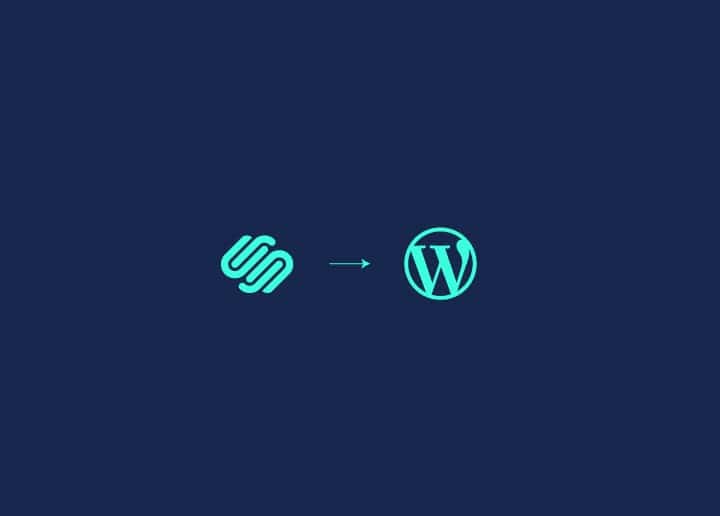In the vibrant and competitive landscape of the United Kingdom, a well-crafted logo can be the key to establishing a solid brand identity. Whether you’re a small startup or an established business, your logo is often the first impression you make on your customers. In this article, we’ll delve into the basics of logo designing, tailored for beginners in the UK. We’ll explore the importance of a logo, the fundamental elements, and provide UK-specific examples to inspire and guide you on your logo design journey.
Contents
Toggle1. The Importance of a Logo
Your logo is a visual representation of your brand. It serves as a symbol that customers can instantly associate with your products or services. Here are a few key reasons why a well-designed logo is essential:
- Brand Identity: A logo helps establish a unique and recognisable brand identity. Think of iconic logos like the red double-decker buses in London or the Royal Mail’s crown emblem. They’re instantly associated with their respective brands.
- Professionalism: A professionally designed logo conveys that you take your business seriously. It can instill trust and confidence in your potential customers.
- Memorability: A great logo is memorable. It’s the face of your brand that people will remember long after they’ve interacted with your products or services.
- Versatility: Logos need to work across various media and platforms, from business cards to websites. A well-designed logo is versatile and adaptable.
Read: The Basics Of Branding For Businesses In The UK
2. Fundamental Elements of Logo Designing
Now, let’s break down the essential elements of logo designing that every beginner should consider:
Simplicity
Keep it simple. Some of the most iconic logos in the UK, like the BBC’s multicoloured blocks or the London Underground’s roundel, are incredibly simple. A cluttered logo can be confusing and forgettable.
Relevance
Your logo should reflect your business or industry. Consider the UK-based company Innocent Drinks, whose logo features a simple, fresh, and innocent-looking fruit, perfectly aligning with its brand identity.
Uniqueness
Your logo should stand out from the competition. For instance, think of the HSBC logo’s hexagon, which sets it apart in the banking sector.
Memorability
A memorable logo is often a timeless one. The Arsenal FC logo is a great example of this, with its iconic cannon and distinct lettering.
Versatility
Ensure your logo looks great in both colour and black-and-white. It should be scalable and easily recognisable, even in small sizes. The NHS logo, with its clean lines and simplicity, is a versatile design.
Colour Palette
Choose your colours carefully. Colours can evoke emotions and carry meaning. The Virgin logo, with its signature red colour, stands out as bold and adventurous.
Typography
The choice of fonts or typography is critical. The famous John Lewis logo uses a clean and modern font, which reflects the brand as a high-end department store.
Adaptability
Your logo must work across different mediums and sizes. Consider how it will appear on a business card, a website, or a billboard. The Adidas logo is a classic example of adaptability, fitting on a tiny sneaker or a giant sports stadium.
Timelessness
A logo should withstand the test of time. The Rolls-Royce logo, a simple double ‘R,’ has remained unchanged for over a century, reflecting timeless elegance.
3. Design Process
To create an effective logo, you’ll need to go through a design process. Here’s a step-by-step guide:
- Research: Study your industry, competitors, and target audience. What logos do they use, and what design elements are common?
- Conceptualise: Begin with rough sketches and ideas. Think about the story you want your logo to tell and the emotions you want it to evoke.
- Digital Drafts: Create digital drafts using design software like Adobe Illustrator, or consider hiring a professional designer for this step.
- Feedback: Seek feedback from others. Friends, family, and potential customers can provide valuable insights.
- Refine: Based on feedback, refine your design. Make sure it’s simple, memorable, and conveys the essence of your brand.
- Test: Test your logo in various contexts to ensure it works well in all situations.
- Finalise: Once satisfied, finalise your logo in various formats (color, black-and-white, vector, etc.) for different uses.
Read: Top WordPress Web Development Trends In The UK
4. UK-Specific Logo Examples
To illustrate the concepts discussed, let’s take a look at some iconic logos from the UK:
- BBC: The British Broadcasting Corporation’s logo is instantly recognisable with its colourful blocks representing various aspects of media. It’s a great example of a simple yet versatile logo.
- London Underground: The roundel logo of the London Underground is an iconic symbol of the city’s transport system. It’s a model of simplicity, reflecting efficiency and ease of use.
- HSBC: The HSBC logo, with its hexagon design, is both unique and memorable in the banking sector. It conveys stability and strength.
- Virgin: Virgin’s red logo reflects its bold and adventurous brand image. The colour choice is vital in making the brand stand out.
- John Lewis: The John Lewis logo’s typography is modern and elegant, perfectly in line with its high-end department store identity.
- Rolls-Royce: The Rolls-Royce logo’s timeless double ‘R’ design has remained virtually unchanged for over a century, reflecting the brand’s enduring elegance and quality.
Summary
Logo design is one of the integral elements of building a brand identity, and getting it right is essential for businesses in the UK. When designing your logo, remember the key elements of simplicity, relevance, uniqueness, memorability, versatility, and timelessness . By following the logo design process and learning from iconic UK logos, you can create a logo that not only represents your brand but also leaves a lasting impression on your audience.




